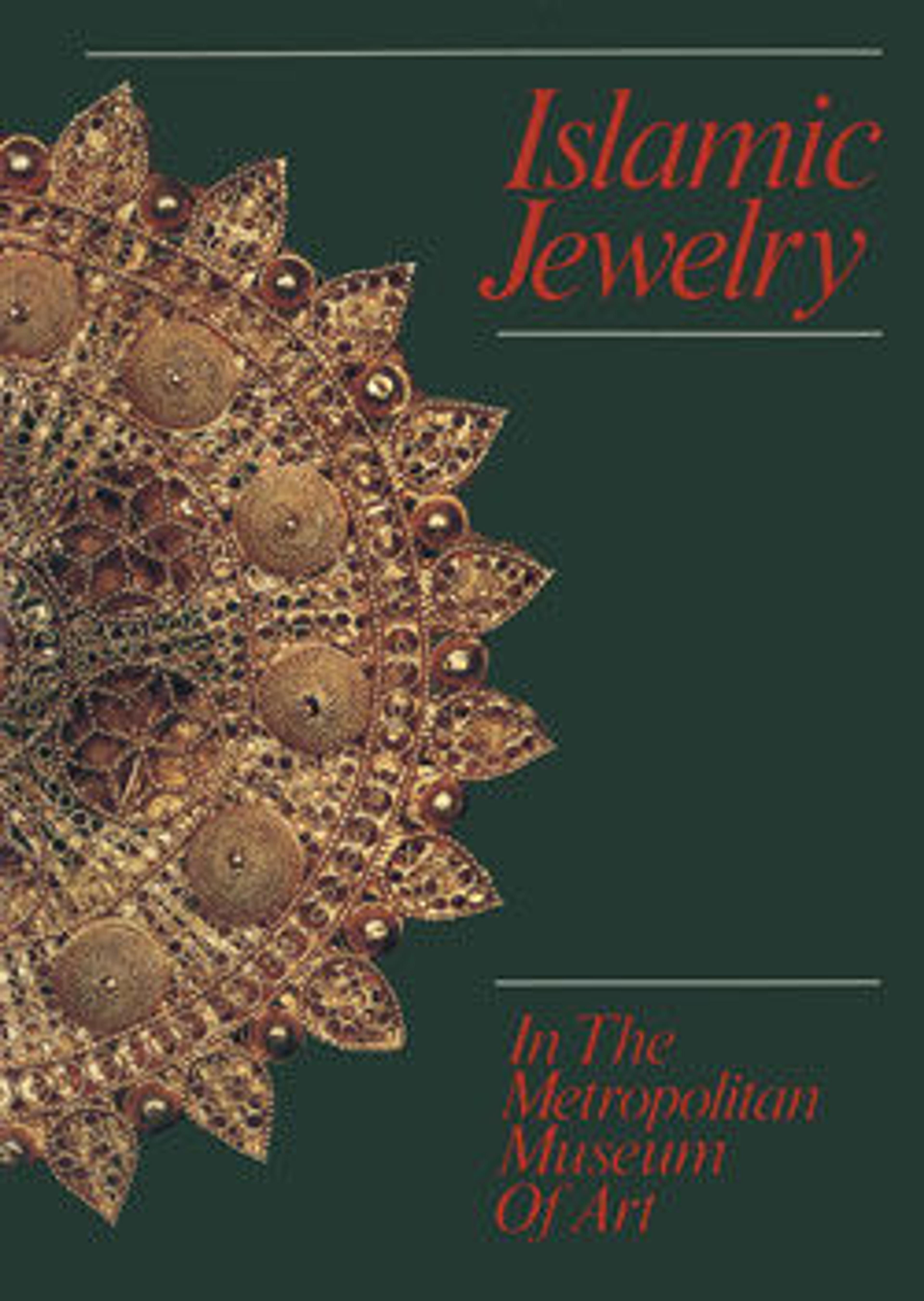Portrait of a Girl in a Round Pendant
The enamels of Qajar Iran are figurative, and closely resemble in style oil paintings produced during the same period. Scenes of youth and lovers are typical subjects depicted on these enamels. Both the oil paintings and enamels are valuable documents of prevalent styles in costume and jewelry. Round or elliptical enamel plaques such as this were commonly set into water pipes or other utilitarian objects. The engravings on the back of this pendant, however, may indicate that it was used as a talisman. The top line of engraving consists of a series of arrowlike signs separated by vertical strokes; the next six lines consist of an uninterrupted series of from nine to sixteen numbers, probably of occult significance. The bottom three lines contain the inscription: "Allah! Allah! Muhammad [the] Prophet/'Ali ibn Abi-Talib/ (Quli?)." Whether or not the bottom line is a signature (the word quli means "slave" and was a common name in Iran) is not known.
Artwork Details
- Title:Portrait of a Girl in a Round Pendant
- Date:late 18th–early 19th century
- Geography:Attributed to Iran
- Medium:Gold; enamel-painted
- Dimensions:Diam. 1 5/16 in. (3.3 cm)
D. 11/16 in. (1.8 cm) - Classification:Jewelry
- Credit Line:Gift of Mrs. Frederick F. Thompson, 1920
- Object Number:20.106.2
- Curatorial Department: Islamic Art
More Artwork
Research Resources
The Met provides unparalleled resources for research and welcomes an international community of students and scholars. The Met's Open Access API is where creators and researchers can connect to the The Met collection. Open Access data and public domain images are available for unrestricted commercial and noncommercial use without permission or fee.
To request images under copyright and other restrictions, please use this Image Request form.
Feedback
We continue to research and examine historical and cultural context for objects in The Met collection. If you have comments or questions about this object record, please contact us using the form below. The Museum looks forward to receiving your comments.
